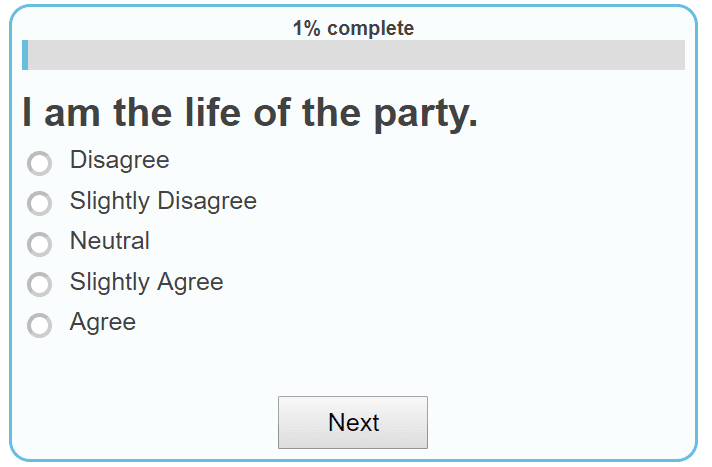Brain freeze, known in the medical community as Sphenopalatine Ganglioneuralgia, is aking to a cold-induced headache and is a common dull ache or pain in the brain after eating cold foods. Although brief, this type of headache can be very comfortable. Who wants to feel pain while eating ice cream?
How Does Brain Freeze Work?
Brain freeze occurs in response to a cold stimulus that is rapidly introduced to the mouth, whether it's ingested, inhaled, or applied externally to the head. When blood vessels and nerves in the mouth detect this sudden drop in temperature, they react, leading to a front-of-the-head pain that echoes a migraine.
Let’s go into further detail, but note that there isn’t one single theory about why we get brain freeze. Multiple theories point to a certain nerve and a blood vessel that causes brain freeze, but which one is involved, or whether they work with each other, is not known for certain.
We know the body is responding to the cold sensations in our mouth, but the exact response and what part of the body is responsible is unknown.
Identifying The Cold
The body has certain expectations for how it functions. It should be working at certain temperatures, calmly, and expelling certain amounts of energy throughout the day. When things fall outside those expectations, the body automatically adjusts to normal without harm. Various studies in psychology and biology look at how the brain and body work together to handle threats and maintain homeostasis (balance.)
Unfortunately, these functions weren’t designed with ice cream in mind. The temperature of the ice cream is a little too cold for the mouth to handle. (Think about it. Cavemen weren’t going around eating ice!) A rapid drop in temperature that doesn’t involve ice cream would likely signal an unusual danger. We can’t reassure our mouths and brains that we are safe eating ice cream, so the body responds as it would to any other bizarre and rapid drop in temperature.
Communication with Trigeminal Nerve
How does the body respond? First, the information about the dropped temperatures must be communicated to the brain. Many experts believe that the trigeminal nerve is responsible for sending this message. The triggering of this nerve is the central action that leads to brain freeze.
The trigeminal nerve runs from the face to the brain and communicates sensory information. Usually, when this nerve is triggered, it’s bad news. The body responds painfully. So some experts believe that once cold foods or drinks trigger the trigeminal nerve in the mouth, it sends information in a way that is misinterpreted. Like any other time the trigeminal nerve is triggered, the body responds, and we feel that aching pain at the top of our head.
Communication With Blood Vessels
This isn’t the only theory about why we experience brain freeze. Other experts believe that blood vessels, rather than the trigeminal nerve, are the culprit.
When the body communicates to the brain that temperatures have dropped around the face, the blood vessels constrict and send more blood to the vital organs. Cold temperatures cause the blood vessels to constrict, whether you’re experiencing the temperature inside your mouth or on the tips of your toes. With more blood closest to the vital organs, the brain and other areas are less likely to freeze, and the body is more likely to survive. That’s why your fingers and toes get cold first!
Some experts believe that the anterior cerebral artery, part of the internal carotid artery, is the blood vessel that most likely starts the pesky process that leads to brain freeze. This artery runs past the back of the throat, and supplies oxygenated blood to the front parts of the brain. And while some parts of this artery will constrict, other parts (nearest to the vital organ otherwise known as the “brain”) will expand. The extra pressure on the brain bumps up against pain nerves, and we experience pain.
Why Do Only Some People Get Brain Freeze?
The jury is still out on what exactly causes brain freeze. But do scientists know why only some people get brain freeze? Not really. The answer here is unclear, but through research and experiments, it may be revealed soon!
Is Brain Freeze Dangerous?
No, brain freeze is not dangerous. The pain we feel when we experience brain freeze is only temporary and causes no permanent damage to the brain, nerves, and blood vessels. It’s just an annoying sensation that only some people experience!
No need to tell your doctor if you experience brain freeze or not. If you experience migraines, however, you should contact a medical professional for help.
Brain Freeze and Migraines
Experts have not yet determined the exact cause of brain freeze, but they do know that there is a connection between brain freeze and migraines. Studies show that people who have a history of migraines are more likely to experience brain freeze than people who don’t. What does this mean for how brain freezes work? We’re still not sure.
How to Avoid Brain Freeze
There is no surefire way to avoid brain freeze if you eat especially cold foods. Even in cold weather, ice cream or other cold foods in your mouth may lead to a brain freeze. The only way to avoid it is to avoid these foods altogether - but who would want to stop eating ice cream or popsicles?
How to Stop Brain Freeze
Although a brain freeze typically lasts only 20-30 seconds, it can feel much longer during the moment. In some cases, depending on whether the stimulus is external or comes from something you've eaten or inhaled, the discomfort can persist for up to a minute.
A minority of individuals may even experience this pain for more than five minutes. To alleviate the sensation swiftly, you can "reassure" the sensory receptors at the roof of your mouth that your body temperature is normal. Pressing your tongue or thumb against the roof of your mouth can help your brain reset back to comfort.



